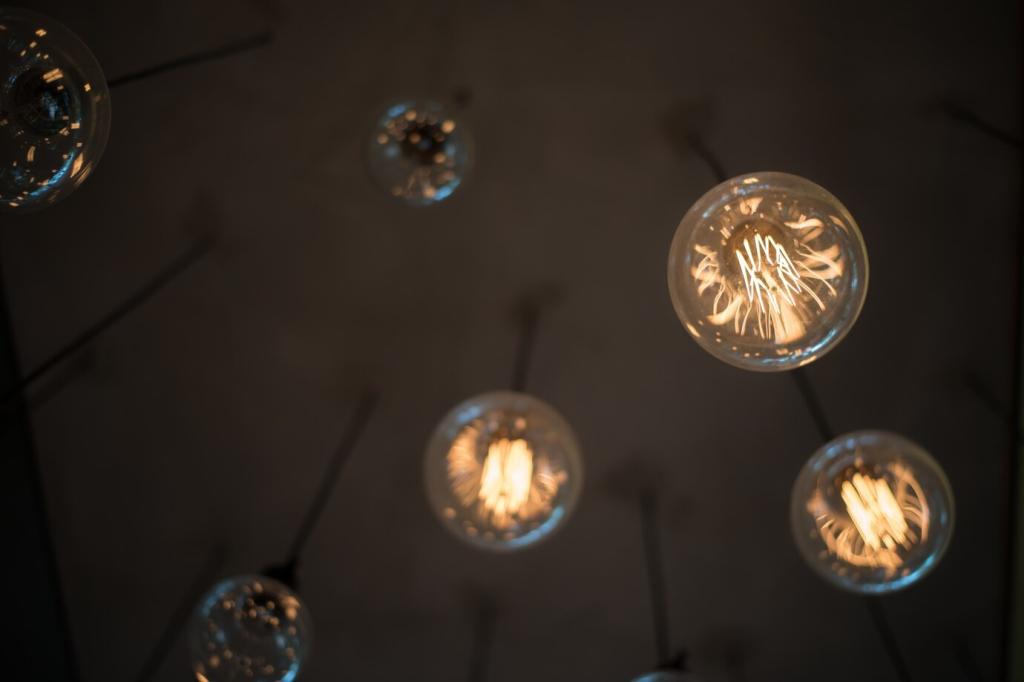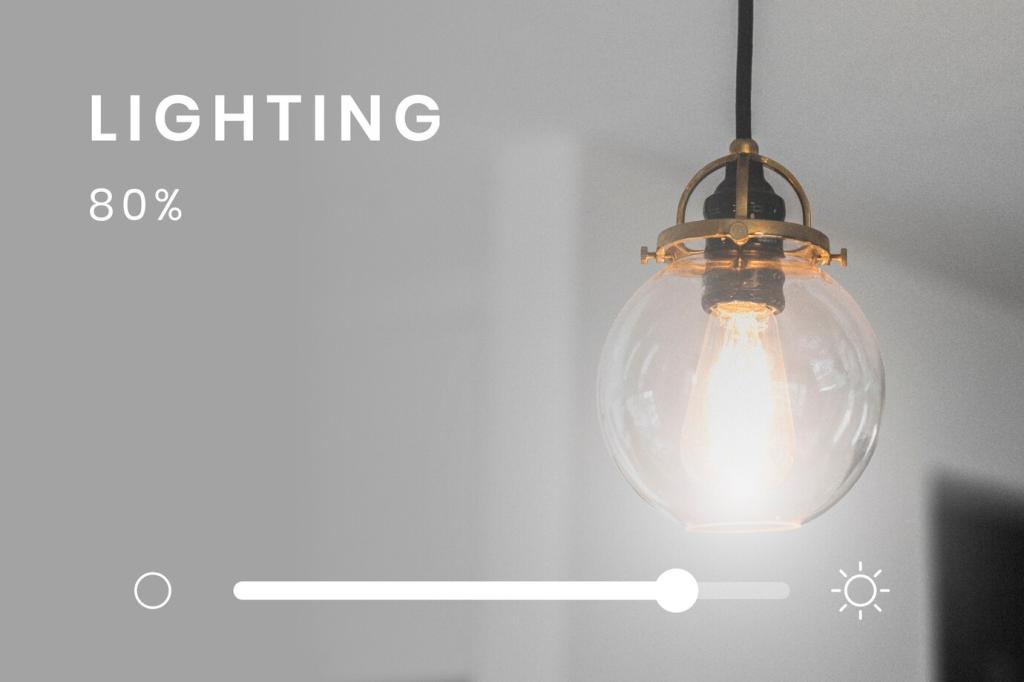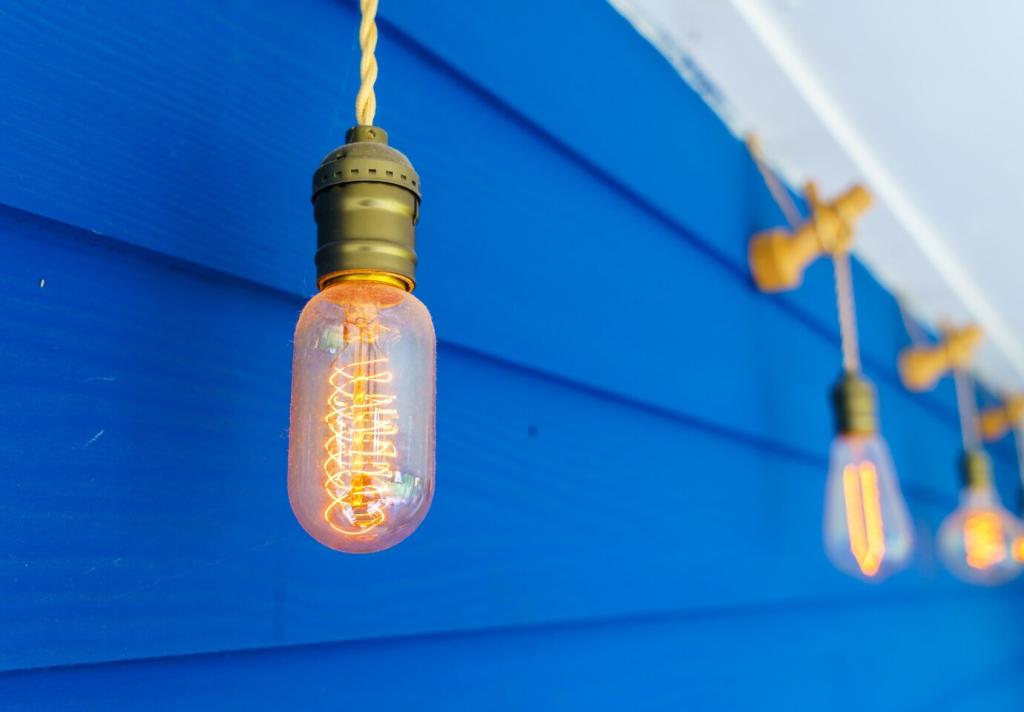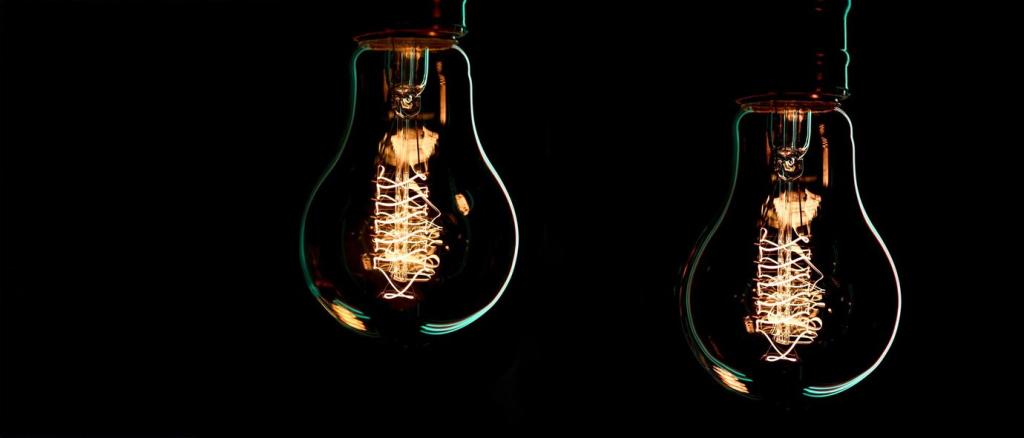Future of Smart Lighting in Interior Design
The future of smart lighting in interior design is undergoing a remarkable transformation, redefining how spaces look, feel, and function. As technology and design converge, lighting becomes an interactive element—more than just a source of illumination, it now shapes moods, highlights architecture, supports well-being, and even responds intelligently to our activities. With advancements in automation, connectivity, and sustainability, the integration of smart lighting is poised to revolutionize homes, offices, and public spaces alike. This comprehensive exploration delves into the emerging trends, the impact of artificial intelligence, and the expanding possibilities that smart lighting brings to the forefront of modern interior design.

Adaptive Ambiance Creation
Smart lighting systems are now capable of dynamically adjusting color temperature and brightness throughout the day, responding to natural light levels, user preferences, or scheduled routines. This adaptability not only enhances comfort and mood but also aligns with circadian rhythms to promote well-being. By automating scene changes or enabling real-time control via voice or mobile apps, homeowners can easily tailor the atmosphere to fit specific activities—be it a vibrant workspace or a serene bedroom. As this technology matures, the personalization of light becomes a signature feature of sophisticated interiors, allowing every environment to reflect its occupants’ lifestyle and needs intuitively.

Seamless Device Ecosystems
The future of smart lighting lies in its effortless integration with other smart home devices and platforms. As lighting technology becomes increasingly interconnected with HVAC, security, and entertainment systems, users can enjoy environments that respond cohesively to context or even anticipate routines. For example, lights that dim as televisions turn on, or brighten when occupancy sensors detect movement, create fluid experiences without manual intervention. Such synchronization not only maximizes convenience but also showcases a holistic approach to smart living, laying a strong foundation for more advanced and unified interior design concepts.

Enhancing Productivity and Relaxation
A key advantage of smart lighting is its ability to foster both productivity and relaxation within multipurpose spaces. Tunable white and RGB lighting can enhance focus in home offices or study areas by simulating daylight or cool tones during work hours. Conversely, warm hues and lower intensities in the evening support relaxation and signal the body to unwind. These contextual light shifts, managed by preset schedules or AI-driven algorithms, allow interiors to evolve in harmony with the users’ daily rhythms, ensuring that the right atmosphere is always at their fingertips.
Previous
Next
Innovations in Lighting Control Technologies
Voice assistants have dramatically changed the way users interact with their interior environments. With just a simple command, users can switch lights on and off, change colors, or activate scheduled scenes without touching a single device. Integration with platforms such as Amazon Alexa, Google Assistant, or Apple HomeKit has made voice control increasingly accessible and reliable. Moreover, automation routines allow lighting to respond proactively to specific triggers, such as time of day or the arrival of the homeowner, crafting personalized experiences and minimizing energy waste through responsive, on-demand illumination.
Personalized Experiences Through Artificial Intelligence
Learning User Preferences
AI-driven lighting systems now have the capability to observe user patterns and learn individual preferences over time. By analyzing factors such as time of day, frequently used scenes, and recurring routines, these systems can automatically adjust brightness, color, and scheduling without explicit instructions. The result is a living environment that not only understands but also anticipates the occupants’ needs, subtly enhancing comfort and convenience while minimizing the need for manual adjustments.
Context-Aware Lighting Solutions
Smart lighting equipped with context-aware sensors can detect occupancy, ambient light, and environmental variables to deliver tailored illumination for every situation. Whether it’s boosting brightness for a late-night read or shifting to a warmer tone during a dinner party, these systems intelligently interpret the context to produce the ideal atmosphere. By blending AI analysis with real-time sensor data, lighting becomes far more responsive, creating a harmonious link between inhabitants, their activities, and the surrounding space.
Health and Wellness Customization
AI-powered lighting is increasingly focused on promoting occupant health and well-being. Systems can adapt to support sleep patterns by mimicking natural daylight cycles or offer energizing modes that combat the effects of seasonal affective disorder. By integrating data from wearable health devices, lighting can further personalize its behavior to support exercise, meditation, or relaxation sessions, actively contributing to a healthier lifestyle. These enhancements position smart lighting as a central element in holistic, wellness-oriented interior design.
Intelligent Energy Management
Smart lighting systems now leverage sensors and machine learning algorithms to minimize energy waste. They can automatically adjust illumination based on occupancy, daylight levels, or even integrate with local utility rates to reduce power consumption during peak times. This intelligent energy management not only results in significant cost savings but also contributes to more sustainable building operations. By making every watt of electricity count, smart lighting helps realize the vision of greener, smarter interiors.
Use of Eco-Friendly Materials and Technologies
The development of smart lighting goes hand-in-hand with advances in sustainable materials and manufacturing processes. Designers and manufacturers are increasingly turning to recyclable components, low-impact production methods, and highly efficient LEDs to reduce environmental footprints. These innovations allow for stunning, long-lasting fixtures that align with both aesthetic and ecological priorities. As green design becomes paramount, the fusion of smart technology and sustainable materials ensures a future where interiors are as kind to the planet as they are visually striking.
Supporting Sustainable Building Standards
The integration of advanced smart lighting features is becoming central to meeting and exceeding green building certifications like LEED and WELL. Systems that optimize energy usage, enhance occupants’ health, and provide real-time data support compliance with rigorous standards. As a result, interior designers can confidently create inspired spaces that not only impress visually but also actively contribute to a broader culture of environmental responsibility, setting new benchmarks for sustainable design.

Influence on Well-being and Human-Centric Design
One of the most significant contributions of smart lighting is its ability to support our natural circadian rhythms. By automatically adjusting light color and intensity in tune with the time of day, smart systems can help regulate sleep patterns, boost alertness during daytime, and signal relaxation in the evenings. This approach is particularly important in urban environments where exposure to natural light may be limited. By providing biologically aligned illumination, smart lighting fosters healthier, more balanced lifestyles, demonstrating true empathy through design.
Changing Roles for Interior Designers
Embracing Technological Collaboration
As lighting becomes more complex and interconnected, interior designers often work closely with engineers, architects, and IT professionals to craft seamless experiences. Understanding the technical underpinnings of smart lighting systems—such as networking, sensor integration, and device compatibility—is becoming essential. Designers who embrace interdisciplinary collaboration can leverage advanced features and ensure their creative visions are effectively realized, resulting in highly functional and aesthetically coherent intelligent spaces.


Evolving Creative Process
Smart lighting introduces unprecedented flexibility, challenging designers to rethink traditional approaches to space planning and visual composition. The ability to pre-visualize and program lighting effects during the design phase allows for richer experimentation and more iterative feedback with clients. This evolution empowers designers to harness dynamic lighting as a core material in their toolkit, developing concepts that respond and adapt after installation, and thus, extending their creative influence over the lifecycle of an interior.
